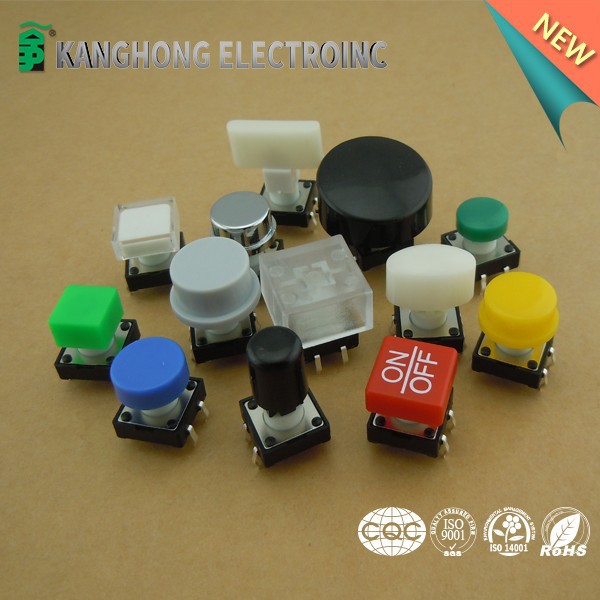ok about the d-pad
iv been looking around for off the shelf tactile key caps. so atm there all seperate caps not one big cross conection.
reason why we dont want to use the cross dpad is that the buton assambly is biger then the hole unit almoust and involes custom parts
other ways to make it smaller is using silecone pads (used on xbox,playstation and nintendo devices) but at our curent volume its not realy posible to get molds for those
so we are curently looking at caps like these for both dpad and action butons

iv been looking around for off the shelf tactile key caps. so atm there all seperate caps not one big cross conection.
reason why we dont want to use the cross dpad is that the buton assambly is biger then the hole unit almoust and involes custom parts
other ways to make it smaller is using silecone pads (used on xbox,playstation and nintendo devices) but at our curent volume its not realy posible to get molds for those
so we are curently looking at caps like these for both dpad and action butons




